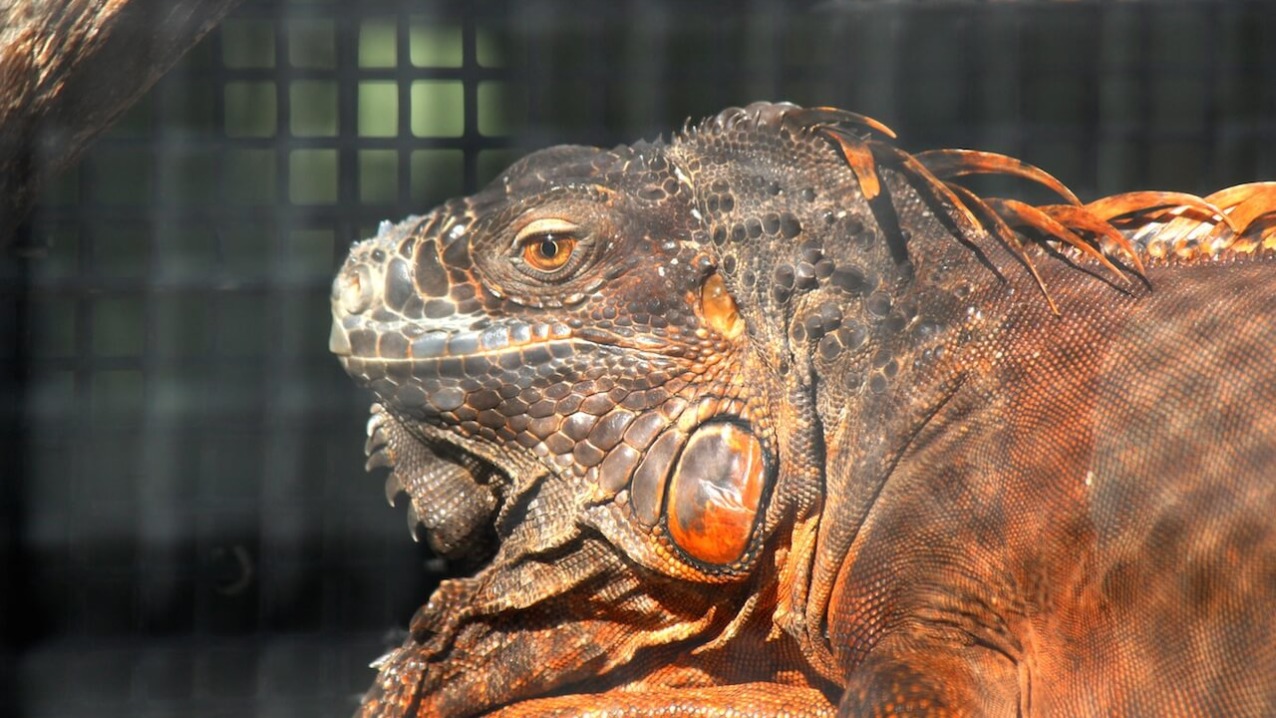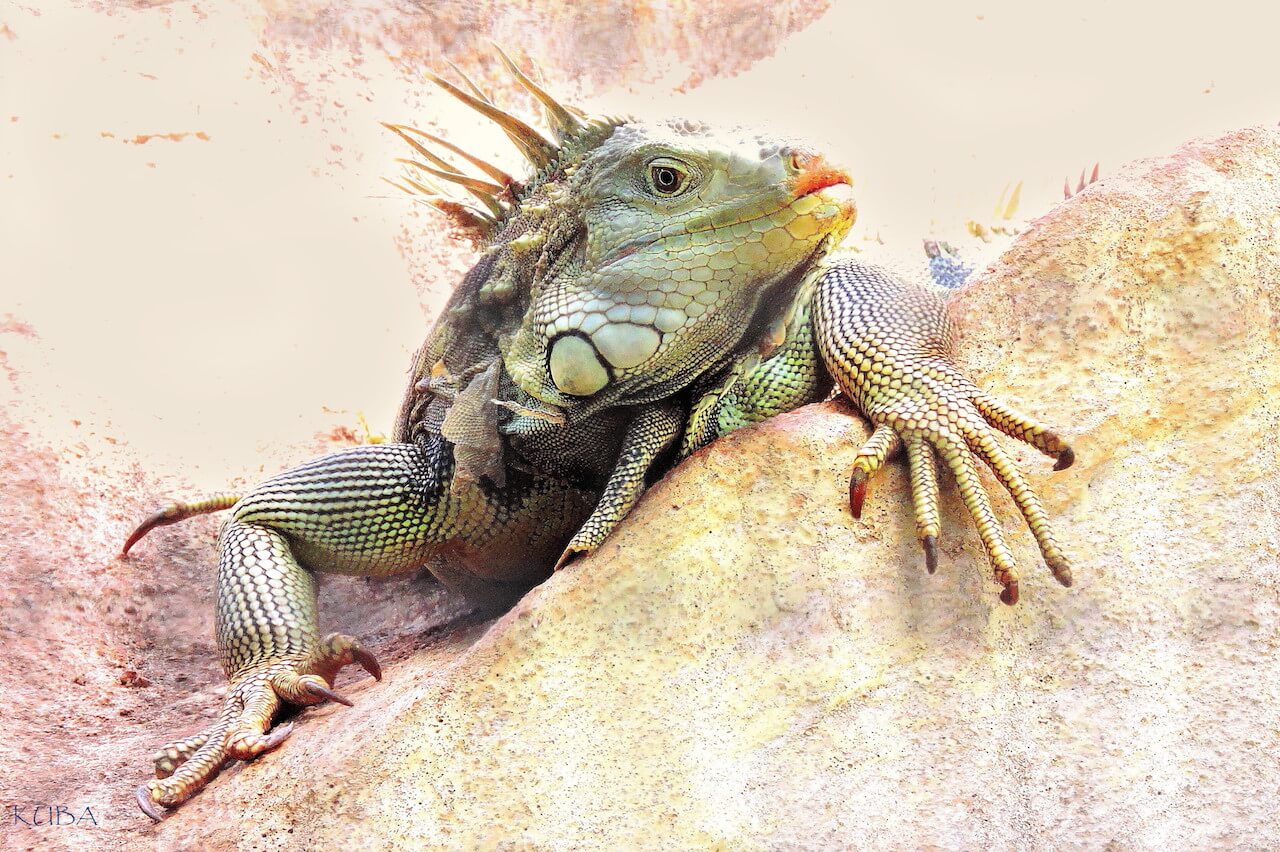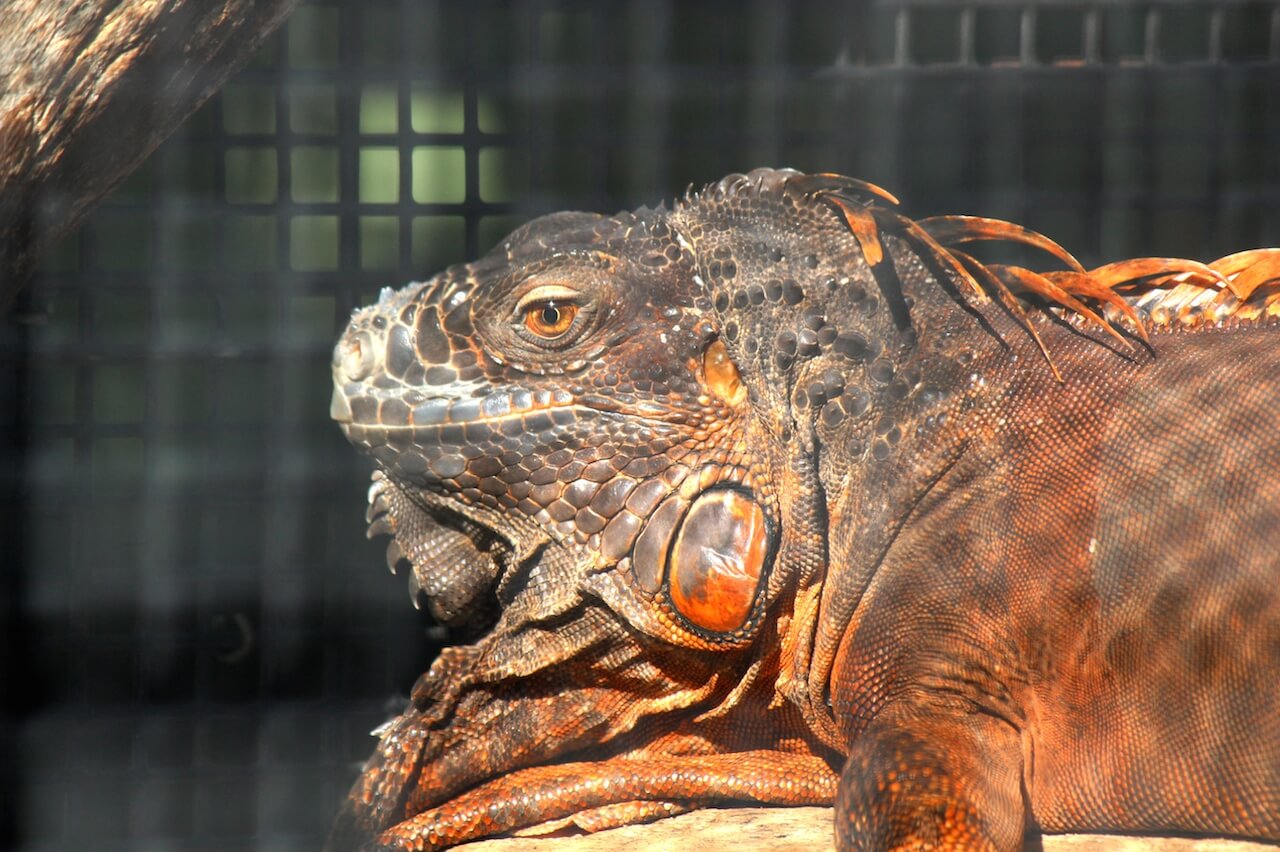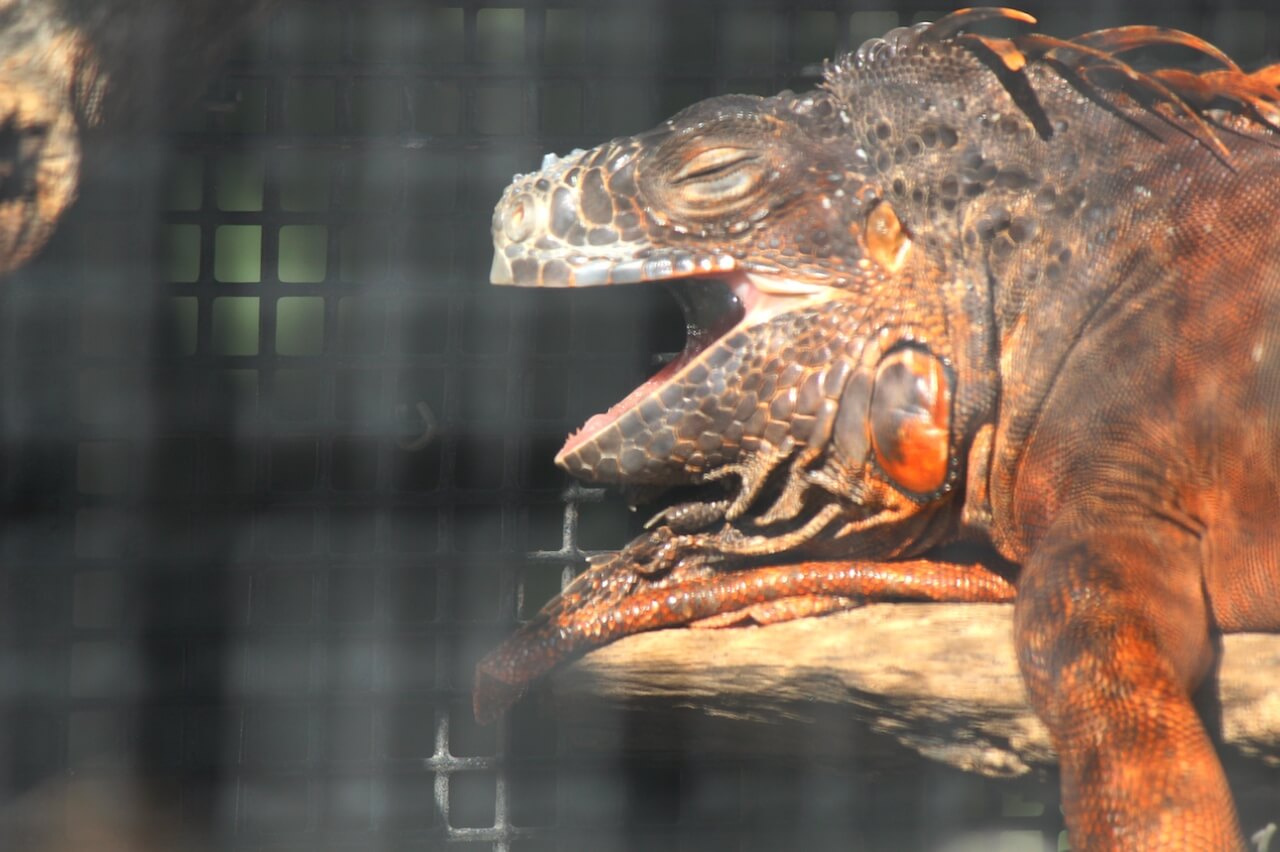iguana iguana
Iguana
About Me
Scientific Name: Iguana iguana
Description
Mostly bright green, but can be dull green to brown or gray. May be tinted gold or orange. With dark cross bands on body and tail, set off by whitish streaks. Banding may be scalloped and interrupted to form a sort of “carpet pattern”. Cross bands are arkest over vertebral column and get darker with age. Tinge of blue on head and neck. Green dewlap. Often temporarily become grayish or bluish-green. Underside light gray to dirty white.
Fun Facts
- Can change color. In captivity, changes from darker to lighter in response to temperature.
- Adults can run bipedally on land. Juveniles can run on land and over water.
- Kingdom: Animalia
- Phylum: Chordata
- Class: Reptilia
- Order: Squamata
Length of 4 to 7 feet, average 5 feet. Slender body, slightly laterally compressed. Large head. Large subtympanic plate behind angle of jaw, separated by not more than 12 small scales from ventral border of tympanum.
Gular pouch with a serrated crest under the chin. Tall dorsal crest made of tooth-like scales continues to the first third of the tail. Strong limbs, heavily clawed toes. Tail much longer than body. Can aim it with great accuracy like a whip against its enemies. Tail can break off and regenerate.
Mostly bright green, but can be dull green to brown or gray. May be tinted gold or orange. With dark cross bands on body and tail, set off by whitish streaks. Banding may be scalloped and interrupted to form a sort of “carpet pattern”. Cross bands are arkest over vertebral column and get darker with age. Tinge of blue on head and neck. Green dewlap. Often temporarily become grayish or bluish-green. Underside light gray to dirty white. Series of black bands alternating with green around tail. May be more pronounced in young.
Can change color. In captivity, changes from darker to lighter in response to temperature.
Males have better-developed crests. They have more orange or yellow than females. Large males’ femoral pores are 2 to 4 times greater than those of females of equal size. Flap under the neck is stiffened during head-bobbing display. Males secrete a fluorescent substance from glands in their legs. May be used to communicate with others and mark their territories.
Females are lighter and more greenish, smaller, with smaller head and shorter dorsal spines.
Juveniles have yellow-bordered black spot on their eyelids.
Adults can run bipedally on land. Juveniles can run on land and over water.
Mainland Central and South America. Arboreal. Near large bodies of water. Sleep in trees or rock crevices, emerge and bask for an hour, then search for food the rest of the time. Good swimmers.
Females migrate en masse to egg-laying sites. Dig elaborate burrows with labyrinthine tunnels. Egg laying takes place in February or March. 25 to 40 eggs are buried 12 inches deep in moist sand or soil. They need a steady temperature of approximately 85 F to develop. Incubation is approximately 60 days. Hatchlings are about 8 inches long and tend to congregate together. Sexually mature in 3 to 6 years.
Juveniles almost exclusively insectivorous. Adults almost completely herbivorous.
Other Reptiles
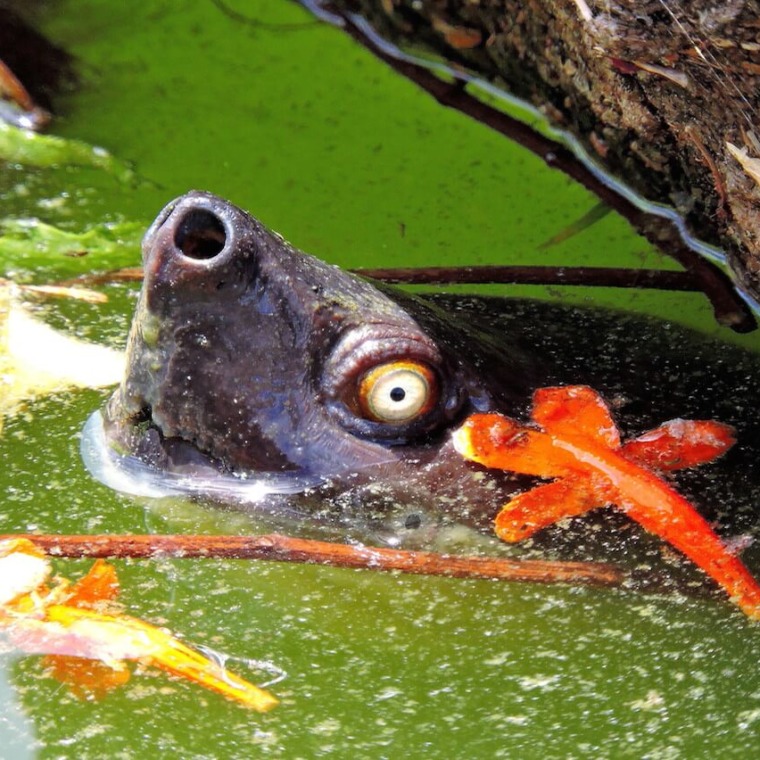
The last populations of Tutong are found in India, Indonesia, Bangaladesh, and Malaysia. It is extinct in its former range of Thailand, Myanmar, Vietnam, and Singapore.
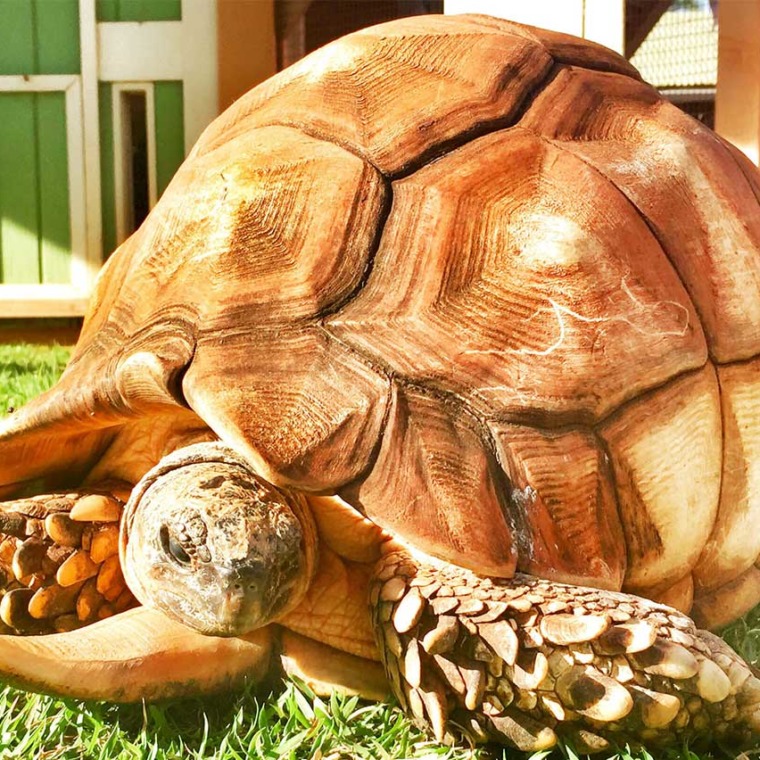
Inactive during cool, dry season (May to October). Does not dig burrows. Seeks protection in thickets and seeks shelter in surface litter. Forages during morning and late afternoon.
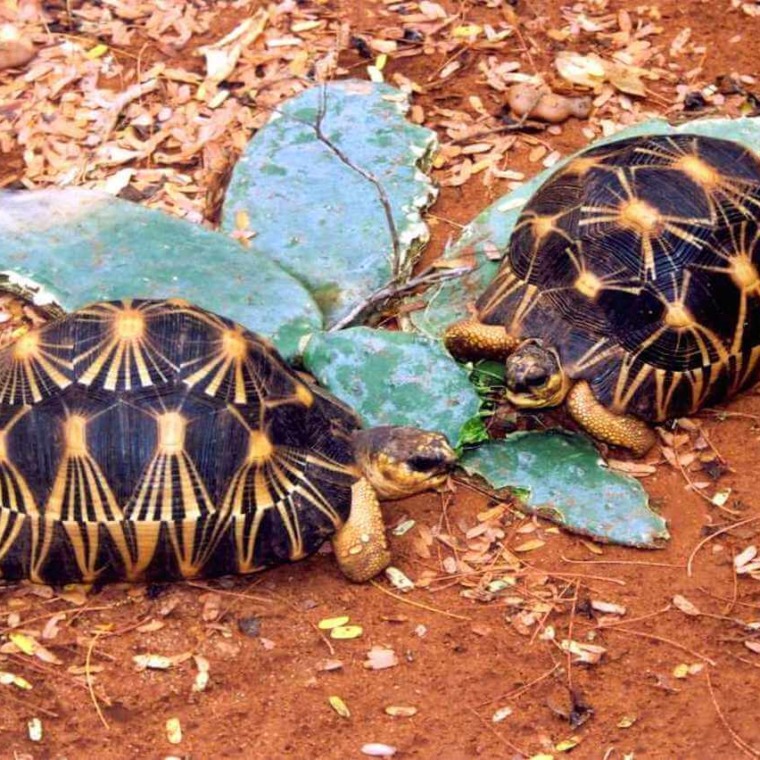
In the wild, this reptile is relegated to the extreme south and south-western portions of Madagascar. In recent times, they have also been introduced to the nearby island of Reunion.
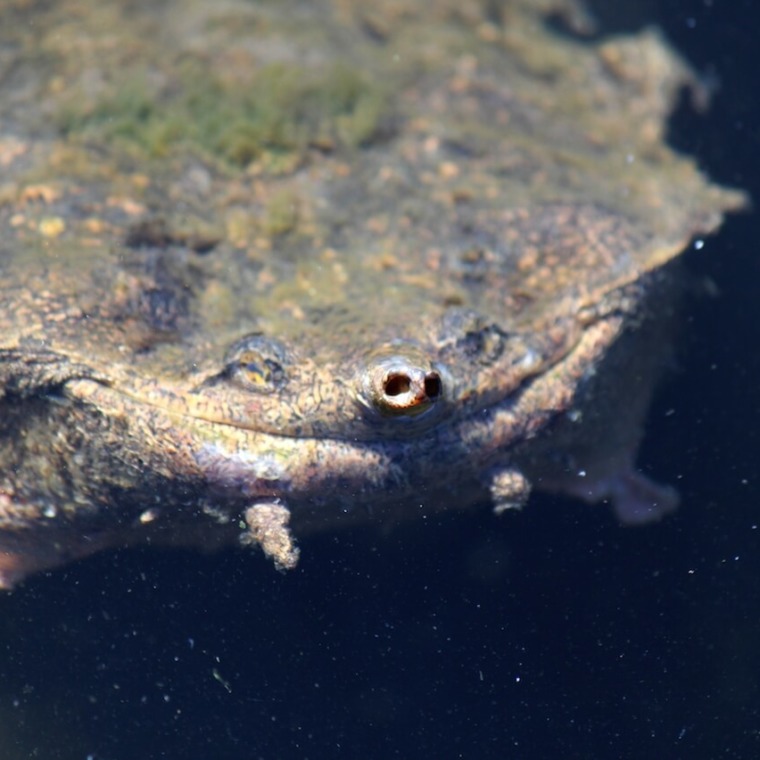
This species inhabits stagnant pools in Brazil and the Guianas and also in parts of the Amazon River and in Trinidad.
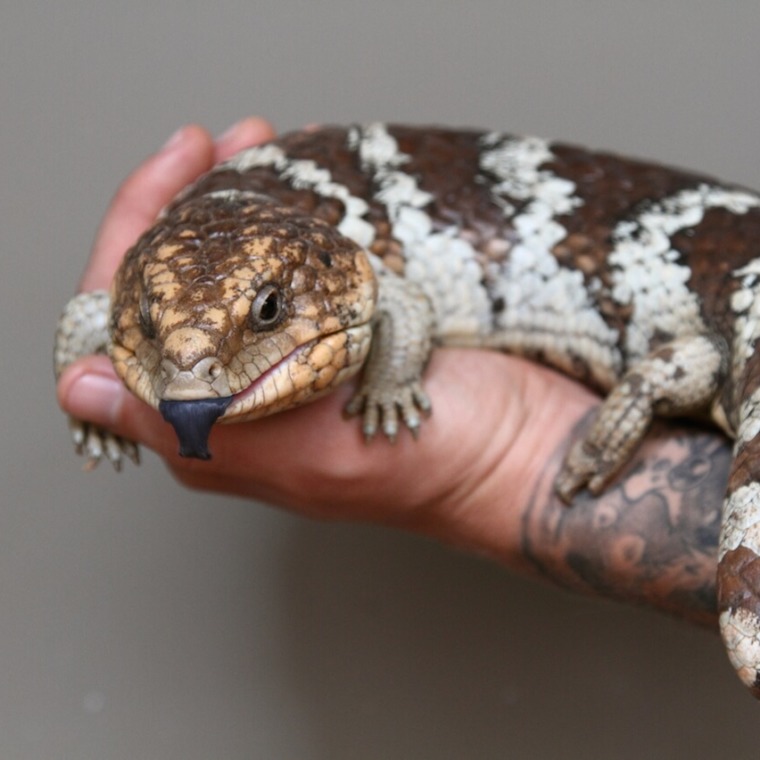
The Shingleback skink is found in southern and western Australia, in desert grassland areas or sandy dunes. Skinks are shy and secretive and seldom stray far from their shelter.


